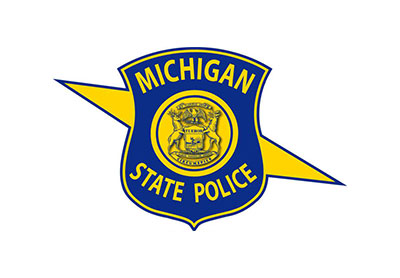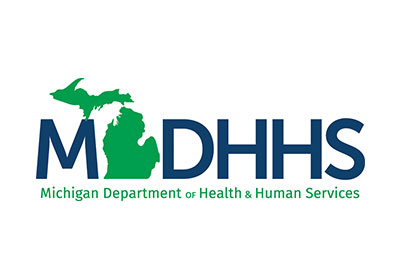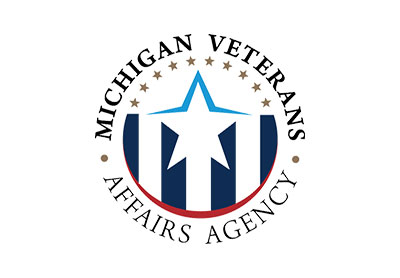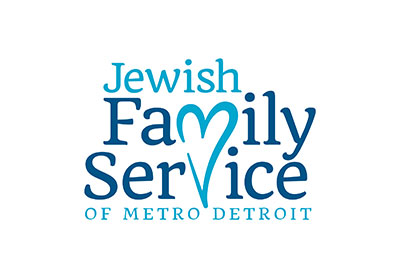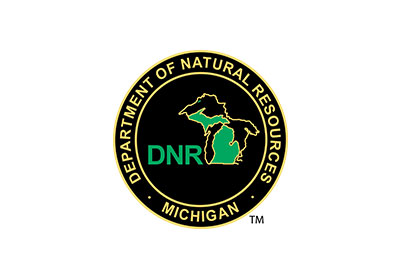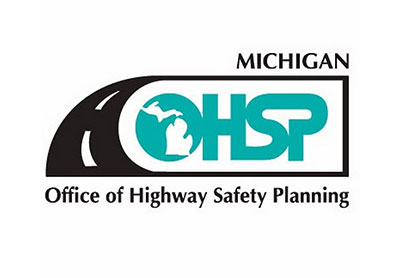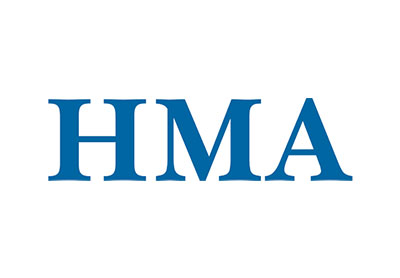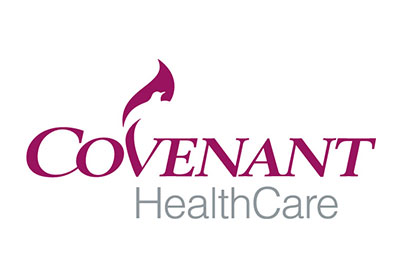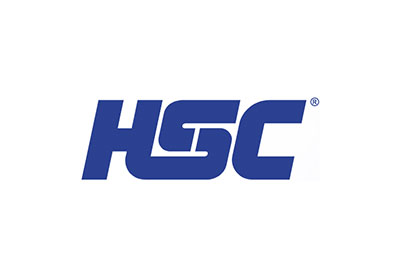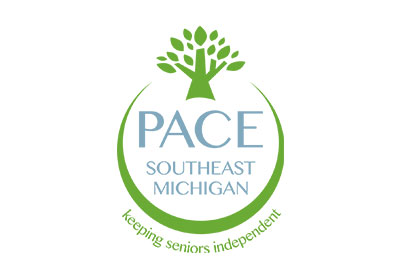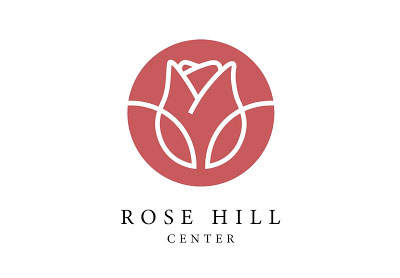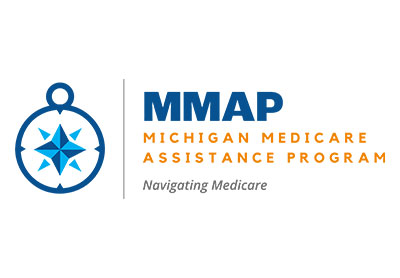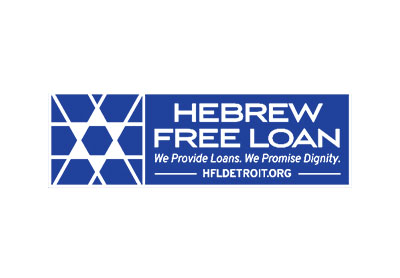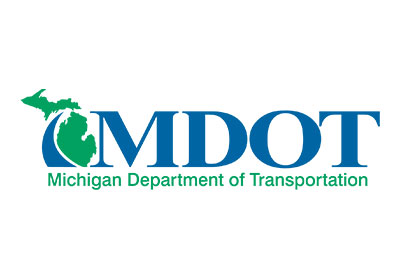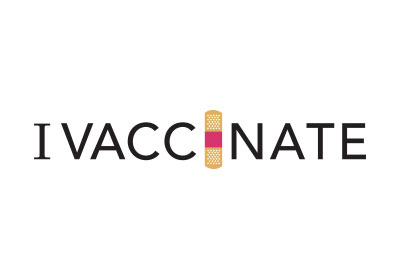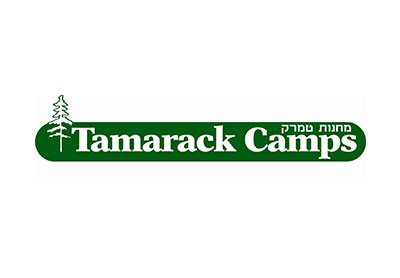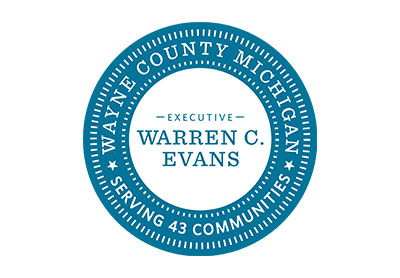
The weather may have been mostly grey, but the Seattle SHSMD conference illuminated us four Brogan healthcare marketers in so many ways! Here are our 9 key takeaways:
- “Do more of what makes you happy.” says Johnny Earle, of Johnny Cupcakes, our first keynote speaker. That’s how this “idea farmer” gets hundreds of people to camp outside his fake bakeries to buy limited edition t-shirts. That quote is also included on a tag in every Johnny Cupcake t-shirt. So wait, he doesn’t sell cupcakes? Of course not — that would be too expected. Rather his t-shirts are displayed in pastry shelves, the store smells like frosting, ovens adorn the walls, and your t-shirt goes home in a pastry box. His specialty packaging has included ice cream themed t-shirts in ice cream boxes sold from ice cream trucks, t-shirts in push up pop boxes and a “breakfast special” themed t-shirt sold only before noon, accompanied by none other than a free breakfast. Johnny spends zero dollars on advertising. It’s all about the customer experience and his loyal customers do the talking for him. Guess it’s working for his multi-million dollar brand.
- “We have to love math like we love creative.” That’s a tough one for me, but Dan Lavelle, Marketing Administrator of Lehigh Valley Health Network, did a great job of trying to convince me. He espouses that the common language between the CMO and CEO is DATA . Hence, we need to be reporting on Return on Marketing Investment, Cost per Lead Ratio, Variable Contribution Margin Radio and more. We also need to start talking about the marketing INVESTMENT rather than marketing EXPENDITURE. In the end, if you can create ownership, making it “their” marketing rather than yours, you will succeed.
- “The promise of not getting lost” is the golden nugget of the Gozio Health wayfinding app, according to Barb Kragor, Gozio VP of Sales and Customer Services. Since Google leaves us at the hospital front door, this app provides a stress free roadmap within the hospital and beyond, including functionality surrounding restaurants, scheduling a doctor visit, one tap call, ride-sharing links, MyChart usage, etc. Start with hospital pain points, and end up with improved patient experience.
- “Googlize your website,” claim Shawn Gross of White Rhino, and Amber Welch of Ochsner Health System. Simple, clean home page search functionality, including spell correction and Pinterest style, mobile- first layout are critical. Case in point: Stanford Health Care. Ochsner engaged in an intensive revamp, starting with research to detect user needs and pain points. The result? A highly experiential website, including personalization to 6 key personas; Find a Doctor upgrades including a “schedule an appointment now” in each doc bio page; patient portal integration; wayfinding and more. The shift from a content heavy to a transactional website resulted in a total page count drop from 12,000 to 1200.)
- “We love our city,” smiled Ara Telbelian, Director of Brand Management and Marketing at Henry Ford Health System. Their QuickCare Clinic was designed with Detroit city dwellers and workers in mind with convenient, boutique-like urgent care services packaged in a beautiful setting in the heart of downtown Detroit. Clever ad messaging like “Home of Healthier Hipsters” appeared in innovative venues such as the People Mover monorail, ridesharing bikes, sidewalks, and large building posters. As Henry Ford focuses on radical convenience, they know that demand for urgent care increases after 4 PM. Which is why their website home page carousel changes to a “Need Care Now?” banner ad to usher consumers into the most convenient care option, whether it’s an urgent care center, telehealth visit or My Care Advice Line. Next up? An Amazon skill allowing Alexa to find the closest urgent care, schedule an appointment and provide directions. As one of only a handful in the country with an Alexa access point on the horizon, Henry Ford is staying true to its innovator position.
- “Your website has replaced the ER as the most comment first touch point,” asserts Jeff Steblea of SilverTech, Inc. and Christine Gallery, Senior VP of Planning/Chief Strategy Officer at Emerson Hospital. They educated us on the Digital Customer Interaction Strategy (DCIS), employed at Emerson, focused on making the digital experience the same as in-person care. Since it can’t compete head on with the nearby Boston hospitals, Emerson differentiates with patient experience. Bringing to life their digital personas plays a key role in getting internal audiences on board.
- “The heart of change is in the emotions,” explains keynote speaker, Christi Zuber, PhD, RN and international leader in healthcare innovation. That’s because when we hear stories, our brains emit oxytocin, making us connect with the story and the storyteller. In this workshop, we created storyboards to communicate a change we are trying to make in our organization sharing our story with a table partner. We agency folks are no strangers to storyboards, so we found this an interesting exercise!
- “People in healthcare need to feel good about their work,” avowed keynote speaker, Liz Jazwiec, RN, award-winning author, speaker and healthcare strategist. (I might also add in “comedian”!) As a former ER director in a south Chicago hospital with very poor patient satisfaction ratings, she resisted the idea of improved patient satisfaction and service — until she almost got fired because of it. She simply couldn’t bear to make her staffs’ jobs any more difficult. She learned that being a “heroic caregiver” makes the job more rewarding, and that there’s a strong connection between job satisfaction and patient satisfaction. Her definition of heroic? Anyone remembered fondly for their work by someone else. They may not even know it or ever be recognized for it. But if they feel heroic in doing even the little things for patients, it will make a difference. She warned us to ignore negativity at work because negative people need an audience. Rather, focus on the good and embrace what’s right. People in healthcare can become easily discouraged and need to feel good about their work.
- And last but not at all least, my personal favorite of the entire conference: “Creativity is a discipline and a choice,” affirmed Eric Wahl, Graffiti Artist and Forensic Creativity Scientist. Just like gratitude or compassion for a challenging patient. His presentation was really more of a performance — part creative show, concert, video show and honest sharing about opening up our senses and inner child to creativity. In true graffiti artist style, he painted 2 huge paintings within just minutes to the beat of amazing music videos appearing on 3 large screens. A true illustration of his point of stepping out of the box. And making an emotional connection. We were given permission to open our child mind, stop deifying analytics and allowing fear to paralyze us. He believes a healthy balance of accountability with creativity results in the best competitive advantage, and “dreamers that do”.
With all of the talks, the Museum of Pop Culture dinner event, and Seattle sightseeing, we left the conference feeling enlightened, entertained, educated and tired! These are just some of my key takeaways from the talks I attended, but please let us know what you liked best about SHSMD 2018.

